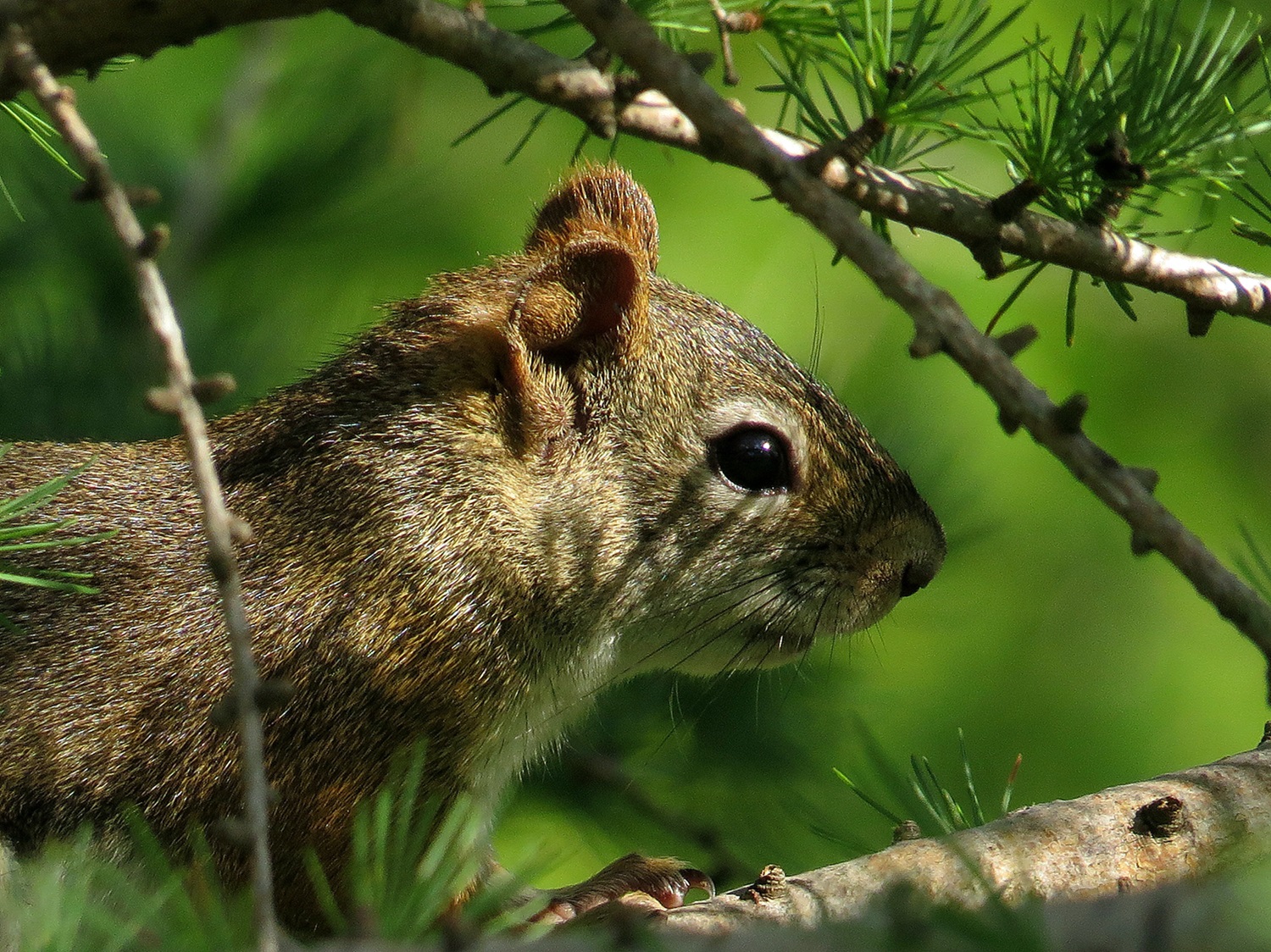Mouse
Mouse, common name for several rodents of suborder Myomorpha, 13 species of which are found in Canada. Six are New World mice of the family Muridae: western harvest mouse, Reithrodontomys megalotis; deer mouse, Peromyscus maniculatus; Cascade deer mouse, P. oreas; Sitka mouse, P. sitkensis; white-footed mouse, P. leucopus; and northern grasshopper mouse, Onychomys leucogaster.
Four belong to the family Dipodidae: Pacific, western, meadow and woodland jumping mice (Zapus trinotatus, Z. princeps, Z. hudsonius and Napaeozapus insignis respectively).
The family Heteromyidae has 2 representatives: olive-backed pocket mouse and Great Basin pocket mouse (Perognathus fasciatus and P. parvus respectively). One species of the Old World family Muridae, the house mouse (Mus musculus), was introduced by the first colonists. The familiar field mice are actually voles.
Description
The western harvest mouse and the olive-backed pocket mouse are the smallest, only 13 cm long including the tail. The largest, the western jumping mouse, measures 25 cm. All mice are nocturnal. Some species remain active throughout winter, while others hibernate. House mice reproduce throughout the year, but most species are sexually active only from spring to autumn, generally producing several litters during the period.
Distribution and Habitat
Meadow jumping mice, deer mice and house mice are common throughout Canada. Sitka mice occur on the smaller Haida Gwaii. Cascade deer mice are limited to southern interior BC. Other species inhabit larger areas but are also limited to specific regions. Mice occur in forest and field but habitat varies with species. Most mice are primarily granivorous; in contrast, northern grasshopper mice are insectivorous and carnivorous.
Biological Importance
Mice are prey for various birds, mammals and snakes. Although certain species do not affect the economy, other granivorous species damage crops and reforestation projects.

 Share on Facebook
Share on Facebook Share on X
Share on X Share by Email
Share by Email Share on Google Classroom
Share on Google Classroom





